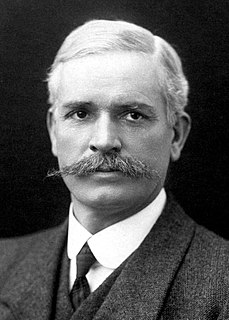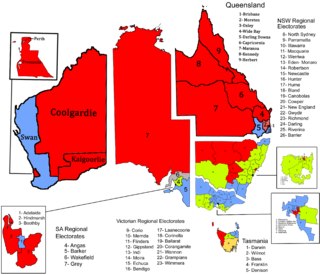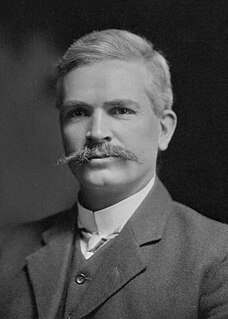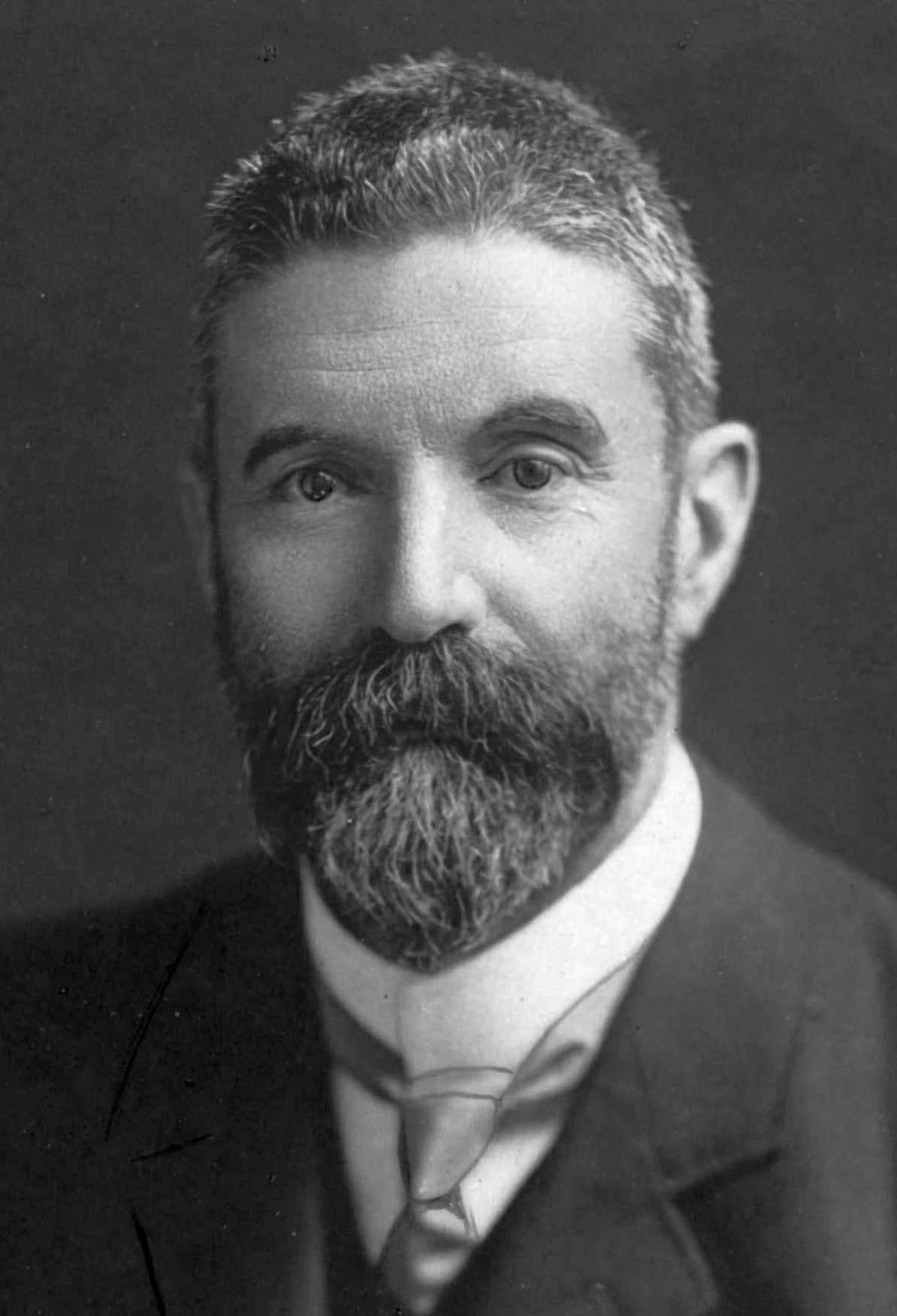| |||||||||||||||||||||||||||||||||||||||||||||
All 75 seats in the House of Representatives 38 seats were needed for a majority in the House 18 (of the 36) seats in the Senate | |||||||||||||||||||||||||||||||||||||||||||||
|---|---|---|---|---|---|---|---|---|---|---|---|---|---|---|---|---|---|---|---|---|---|---|---|---|---|---|---|---|---|---|---|---|---|---|---|---|---|---|---|---|---|---|---|---|---|
| |||||||||||||||||||||||||||||||||||||||||||||
| |||||||||||||||||||||||||||||||||||||||||||||
Federal elections were held in Australia on 12 December 1906. All 75 seats in the House of Representatives, and 18 of the 36 seats in the Senate were up for election. The incumbent Protectionist Party minority government led by Prime Minister Alfred Deakin retained government, despite winning the least amount of House of Representatives votes and seats of the three parties. Parliamentary support was provided by the Labour Party led by Chris Watson, while the Anti-Socialist Party (renamed from the Free Trade Party), led by George Reid, remained in opposition.

Elections in Australia take place periodically to elect the legislature of the Commonwealth of Australia, as well as for each Australian state and territory. Elections in all jurisdictions follow similar principles, though there are minor variations between them. The elections for the Australian Parliament are held under the federal electoral system, which is uniform throughout the country, and the elections for state and territory Parliaments are held under the electoral system of each state and territory.

The House of Representatives is the lower house of the bicameral Parliament of Australia, the upper house being the Senate. Its composition and powers are established in Chapter I of the Constitution of Australia.

The Senate is the upper house of the bicameral Parliament of Australia, the lower house being the House of Representatives. The composition and powers of the Senate are established in Chapter I of the Constitution of Australia. There are a total of 76 Senators: 12 are elected from each of the six states regardless of population and 2 from each of the two autonomous internal territories. Senators are popularly elected under the single transferable vote system of proportional representation.
Contents
- Results
- House of Representatives
- Senate
- Significance
- Seats changing hands
- Post-election pendulum
- See also
- Notes
- References
Watson resigned as Labour leader in October 1907 and was replaced by Andrew Fisher. The Protectionist minority government fell in November 1908 to Labour, a few days before Reid resigned as Anti-Socialist leader, who was replaced by Joseph Cook. The Labour minority government fell in June 1909 to the newly formed Commonwealth Liberal Party led by Deakin. The party was formed on a shared anti-Labour platform as a merger between Deakin, leader of the Protectionists, and Cook, leader of the Anti-Socialists, in order to counter Labour's growing popularity. The merger didn't sit well with several of the more progressive Protectionists, who defected to Labour or sat as independents.

Andrew Fisher was an Australian politician who served three separate terms as Prime Minister of Australia – from 1908 to 1909, from 1910 to 1913, and from 1914 to 1915. He was the leader of the Australian Labor Party from 1907 to 1915.

Sir Joseph Cook, was an Australian politician who served as the sixth Prime Minister of Australia, in office from 1913 to 1914. He was the leader of the Commonwealth Liberal Party from 1913 to 1917, after earlier serving as the leader of the Anti-Socialist Party from 1908 to 1909.
The Commonwealth Liberal Party was a political movement active in Australia from 1909 to 1917, shortly after Federation. The CLP came about as a result of a merger between the two non-Labor parties, the Protectionist Party and the Anti-Socialist Party which most of their MPs accepted. The CLP is the earliest direct ancestor of the current Liberal Party of Australia.
The merger would allow the Deakin Commonwealth Liberals to construct a mid-term parliamentary majority, however less than a year later at the 1910 election, Labour won both majority government and a Senate majority, representing a number of firsts: it was Australia's first elected federal majority government, Australia's first elected Senate majority, the world's first Labour Party majority government at a national level, and after the 1904 Watson minority government the world's second Labour Party government at a national level. The 113 acts passed in the second Fisher government (1910–13) exceeded even the output of the second Deakin government over a similar period. At the time, it represented the culmination of Labour's involvement in politics. It was a period of reform unmatched in the Commonwealth until the 1940s under John Curtin and Ben Chifley.
A majority government refers to one or multiple governing parties that hold an absolute majority of seats in legislature. This is as opposed to a minority government, where the largest party in a legislature only has a plurality of seats.

John Curtin was an Australian politician who served as the 14th Prime Minister of Australia, in office from 1941 until his death in 1945. He led the country for the majority of World War II, including all but the last few weeks of the war in the Pacific. He was the leader of the Australian Labor Party (ALP) from 1935 to 1945.


















